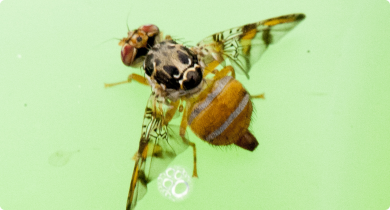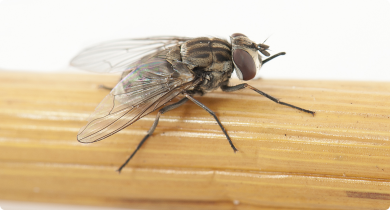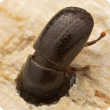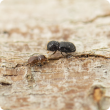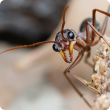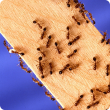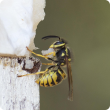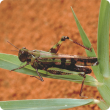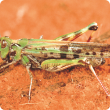Pest insects
Pest insects can have adverse and damaging impacts on agricultural production and market access, the natural environment, and our lifestyle. Pest insects may cause problems by damaging crops and food production, parasitising livestock, or being a nuisance and health hazard to humans.
Western Australia is free from some of the world's major pest insects. Biosecurity measures on your property are vital in preventing the spread of insects.
The Department of Primary Industries and Regional Development provides:
- biosecurity/quarantine measures at the WA border to prevent the entry of pest insects
- where relevant post border biosecurity measures
- advice on widespread pest insects present in the state.
For advice on pest insects search our website, the Western Australian Organism List or contact our Pest and Disease Information Service (PaDIS).
For diagnostic services, please contact our Diagnostic Laboratory Services.
Articles
Filter by search
Filter by topic
- Biosecurity & quarantine (9) Apply Biosecurity & quarantine filter
- Biosecurity (9) Apply Biosecurity filter
- (-) Remove Invasive species filter Invasive species
- Plant biosecurity (3) Apply Plant biosecurity filter
- Diseases (3) Apply Diseases filter
- Fungi (2) Apply Fungi filter
- Livestock biosecurity (1) Apply Livestock biosecurity filter
- Quarantine (1) Apply Quarantine filter
- Weeds (1) Apply Weeds filter
- Livestock & animals (1) Apply Livestock & animals filter
- Control methods (1) Apply Control methods filter
- Emergency response (1) Apply Emergency response filter
- European house borer (1) Apply European house borer filter
- Intrastate movement (1) Apply Intrastate movement filter


